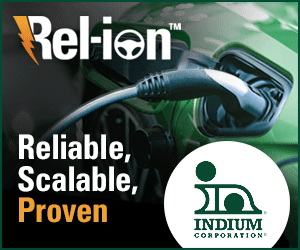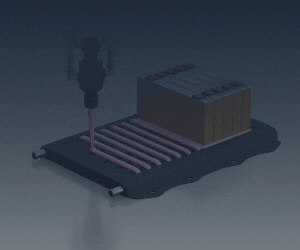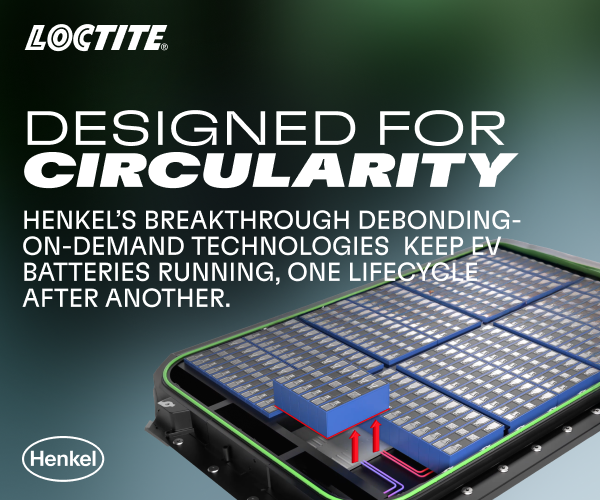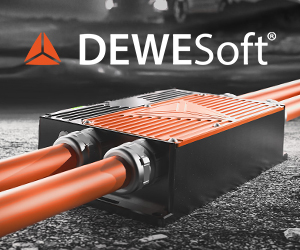Renewable energy for mining electrification
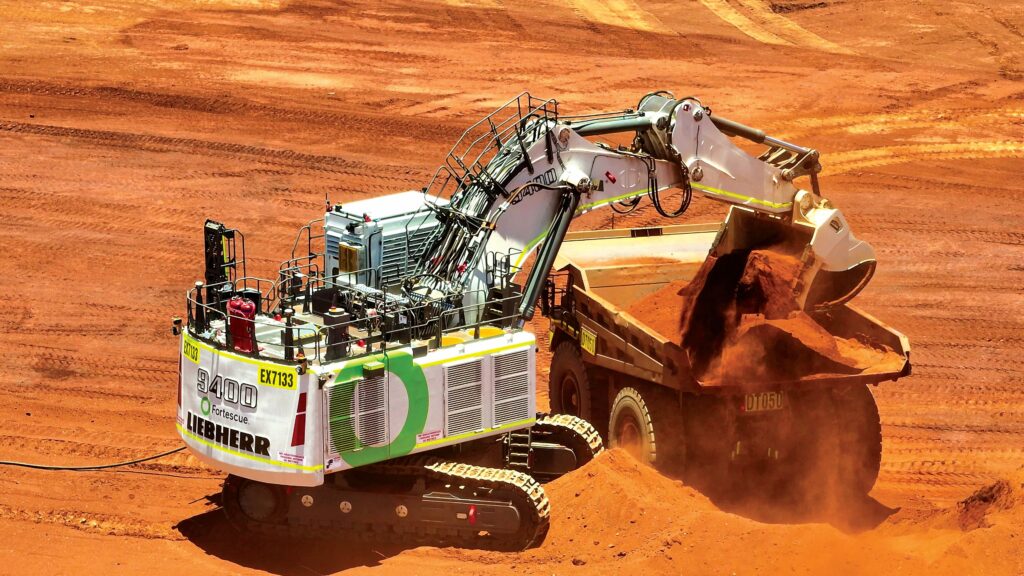
Over the centuries, mining has earned a reputation as a dirty and dangerous business that scars and poisons landscapes while consuming huge amounts of energy. However, the extracted raw materials are essential to the world economy in general and, specifically, to the drive toward electrification as a means of reducing global carbon emissions. Therefore, cutting that portion of mining’s carbon footprint associated with energy use is essential in the effort to clean up its act, and harnessing local, renewable means of powering fully electrified operations is a very promising and rapidly developing approach, writes Peter Donaldson.
An open-cast mine or a quarry can be transformed from a voracious consumer of fossil fuels into a system with a much more economical dynamic microgrid, integrating renewable energy sources with intelligent energy management. For example, solar panels deployed on reclaimed land and used in combination with wind turbines can power electric excavators and haul trucks, while geothermal energy can provide a stable energy source for handling base loads.
Rather than a futuristic vision, this represents a practical and increasingly viable solution, because the shift to electric vehicles is providing the opportunity for fundamental redesign of mining’s energy infrastructure. Electric haul trucks represent an example where regenerative braking can be used to recover kinetic energy for reuse aboard the vehicle or fed back into the grid at the next convenient bi-directional charging point.
Mines and offshore oil and gas platforms have long used local energy sources such as coal and gas to power their operations, but harnessing renewables through microgrids in remote and challenging environments presents significant engineering hurdles.
Developing robust and reliable high-capacity energy storage to smooth out supply fluctuations caused by the intermittency of most renewable sources is crucial, but options are not limited to electrochemical batteries. For example, gravitational pumped-storage systems, in which water is pumped uphill to a reservoir during periods of excess energy and released subsequently to generate power when needed, have been used for decades in domestic power grids.
Powered by AI machine learning techniques, smart grid technologies are the ‘brains’ of the new microgrids, optimising energy flow, predicting demand, and managing the integration of diverse energy sources. When designed correctly for each application, they can adapt to changing weather conditions, equipment usage, and grid stability to ensure a continuous and reliable power supply.
Optimisation of energy flows can be a complex process, often involving trade-offs between competing requirements such as energy efficiency and grid stability. For example, determining whether energy recovered by a truck’s regenerative braking system should be fed into the grid or used aboard the truck – seemingly a simple decision – can be affected by factors that include grid stability, power demand, economic incentives like feed-in tariffs for the wider grid, and haul route characteristics such as long, consistent downhill sections.
The economic benefits of this transformation are potentially compelling, because reducing reliance on diesel fuel and external power grids can significantly lower operating costs, although substantial upfront investment is required. Moreover, the environmental advantages are undeniable because mining companies can drastically reduce their carbon footprint by transitioning to renewable energy.
Microgrid implementation requires a holistic and integrated approach. Engineers must work closely with geologists, environmental scientists, and software developers to design and deploy systems that are both efficient and sustainable in a process that involves careful site selection, detailed energy flow modelling, and rigorous testing.
Mining microgrids can become a template for remote communities and industrial operations worldwide. The lessons learned in developing resilient and sustainable energy systems in harsh environments could be applied to other sectors, accelerating the transition to cleaner and more efficient energy use.
Click here to read the latest issue of E-Mobility Engineering.
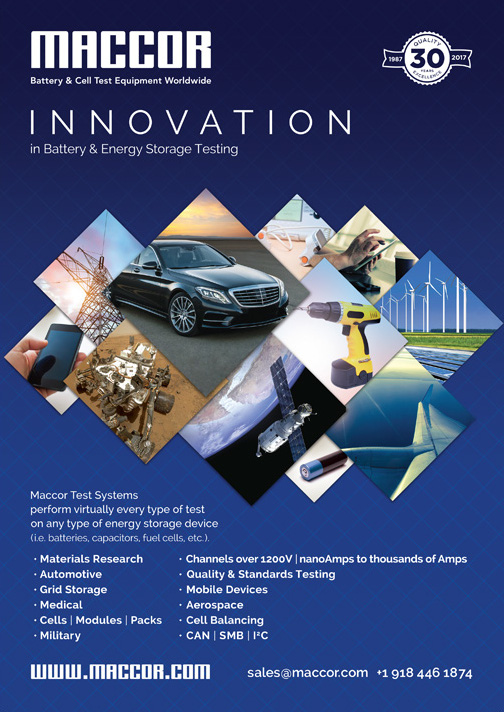
ONLINE PARTNERS















